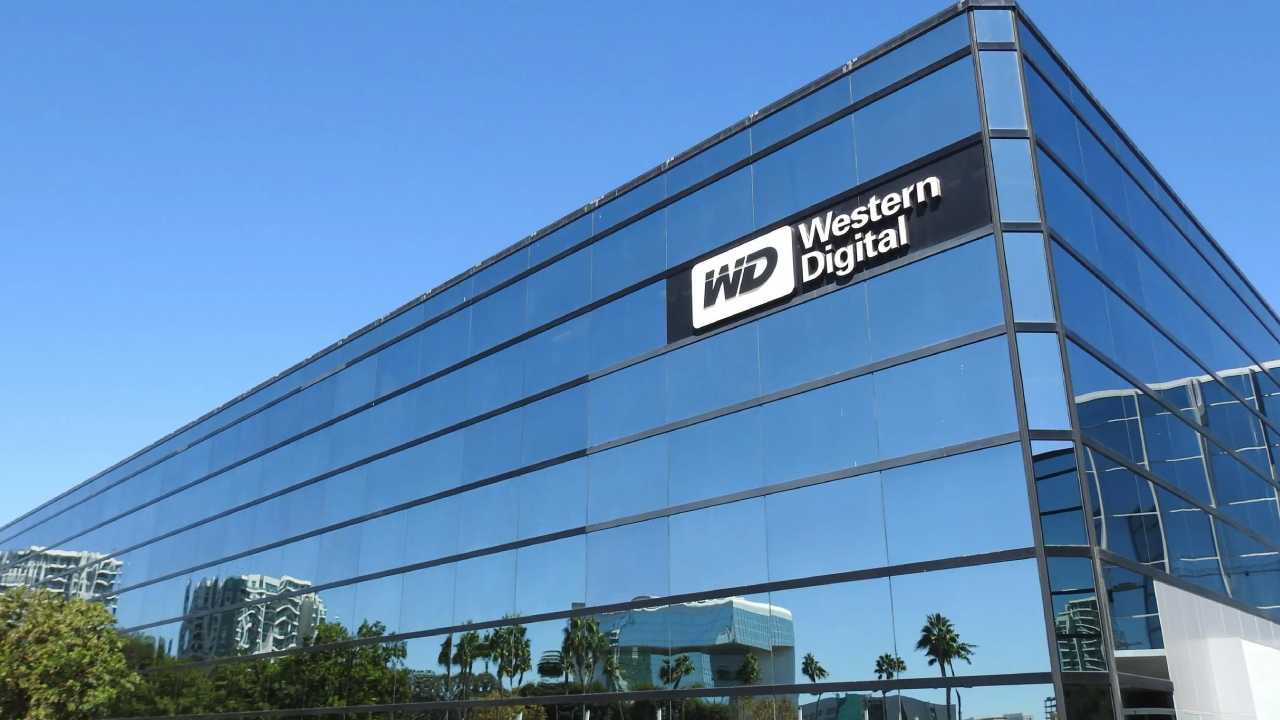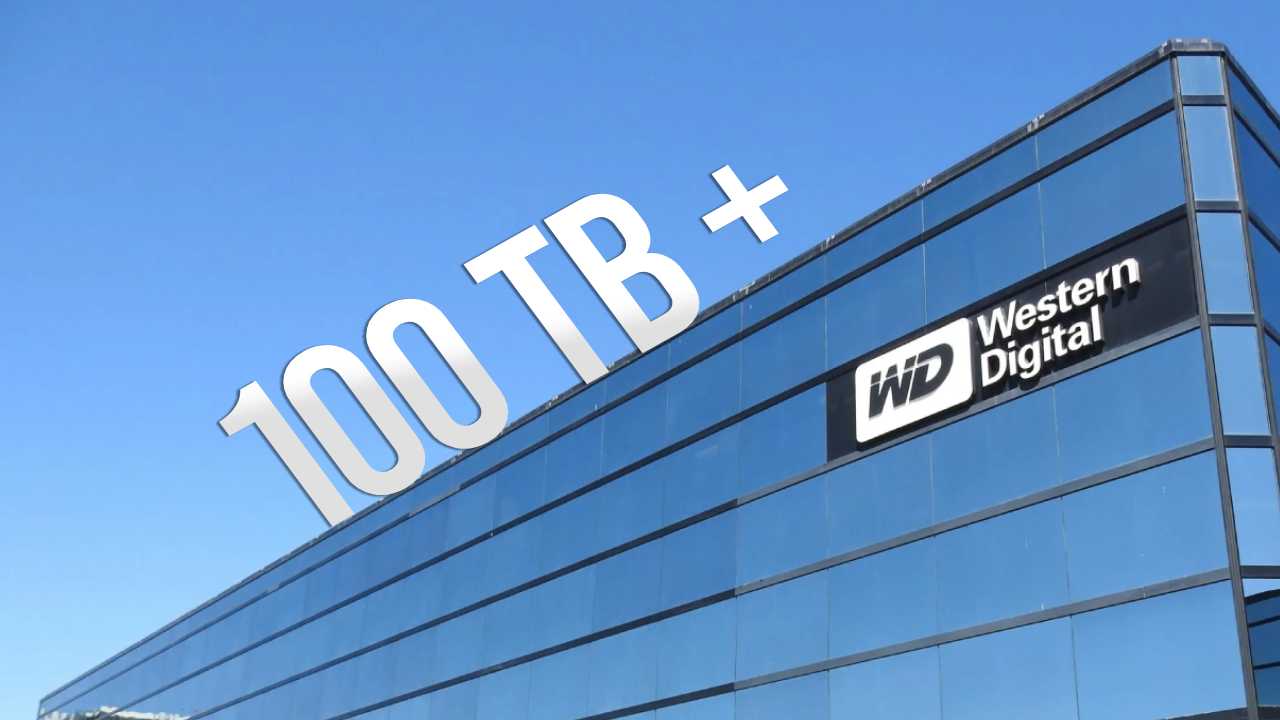While flash-based SSD storage is very popular, HDD storage is still one step ahead when it comes to data recovery and longevity. Although SSD storage works quite fast, these storage units have a lifespan. And it is not possible to recover data from SSD when it fails. Western Digital wants to break the 100TB HDD record set by Nimbus Data. But what technologies will be used for higher capacity HDD?
Western Digital is trying to break the record with over 100 TB HDD!
Costs in storage units have increased considerably, especially after the flood disaster in 2011. After this increase, manufacturers who could not reach HDD units and paid high prices started to shift to SSD storage. However, in recent years, models that come only with SSD storage have started to be replaced by SSD and HDD hybrid models.

Western Digital has started to work on new technologies for this market to continue for many more years. Accordingly, the goal is to reach the 100 TB limit in the near future. However, the main goal is to produce much larger capacity HDD storage units thanks to new HDD technologies.
Currently available HDD units use an old technology called Erect Magnetic Recording (ePMR). Although this technology is quite advanced, it has been working on the same basis for many years. But for the world’s largest capacity HDD storage unit, it is necessary to switch to new technologies.
One of them is the Heat Assisted Magnetic Recording (HAMR) technology to be used to reach the 100 TB limit. However, Western Digital is looking to switch to Heat Spot Magnetic Recording technology in the actual ten-year process.
Currently, Seagate and Western Digital are working with Intevac for HAMR technology. However, Seagate recently launched a 36TB HDD model and announced that a 60TB model is coming soon. Intevac came by Intevac in a bad news to Western Digital, which lagged behind its competitor in storage sizes. Accordingly, Seagate is trying to buy Invetac, which holds HAMR technology in the market.
That’s why Western Digital will make a big investment in HAMR. However, HDMR technology has much more revolutionary features. HAMR provides a much more efficient use of storage space thanks to its heat support. HDMR will maximise this efficient storage space through nano-sized magnetic dots.
However, this very expensive technology is still in the trial phase and is expected to dominate the market in 2030. Western Digital decided to invest in this technology to produce the world’s largest capacity HDD before Seagate.
Do you think that with this growing competition between Western Digital and Seagate, can the world’s largest capacity HDD storage units reach the end user in a shorter time? We are waiting for your comments and opinions.














